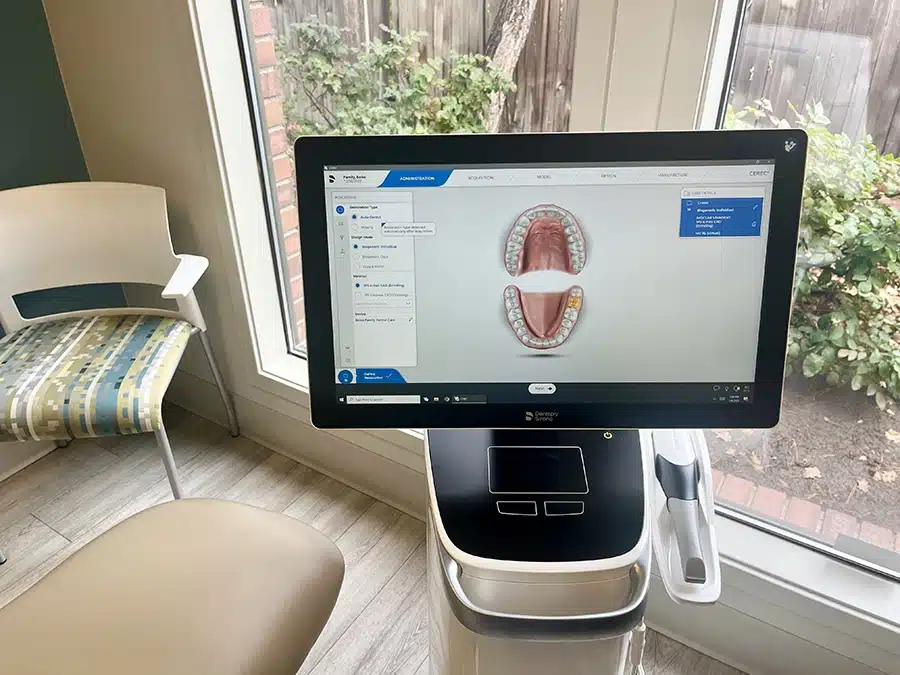We know no one likes to hear that they need a cavity filling.
The upside is that cavity fillings are a relatively inexpensive and minor procedure. Plus, getting cavities filled promptly can prevent tooth decay from worsening (which might lead to a painful toothache and will probably cost you more to fix).
You Can Trust Us
Have you ever heard the stories about someone who goes to the dentist and is told they have eight cavities and then goes to a different dentist and finds out that they only had one cavity?
Yes, we’ve heard those stories too and we are equally disturbed. We promise to be 100% honest with you about your dental needs, but because we understand that trust is earned we will do our best to show you your cavities on your x-rays or using photography so you can see what we see and understand your diagnosis.

